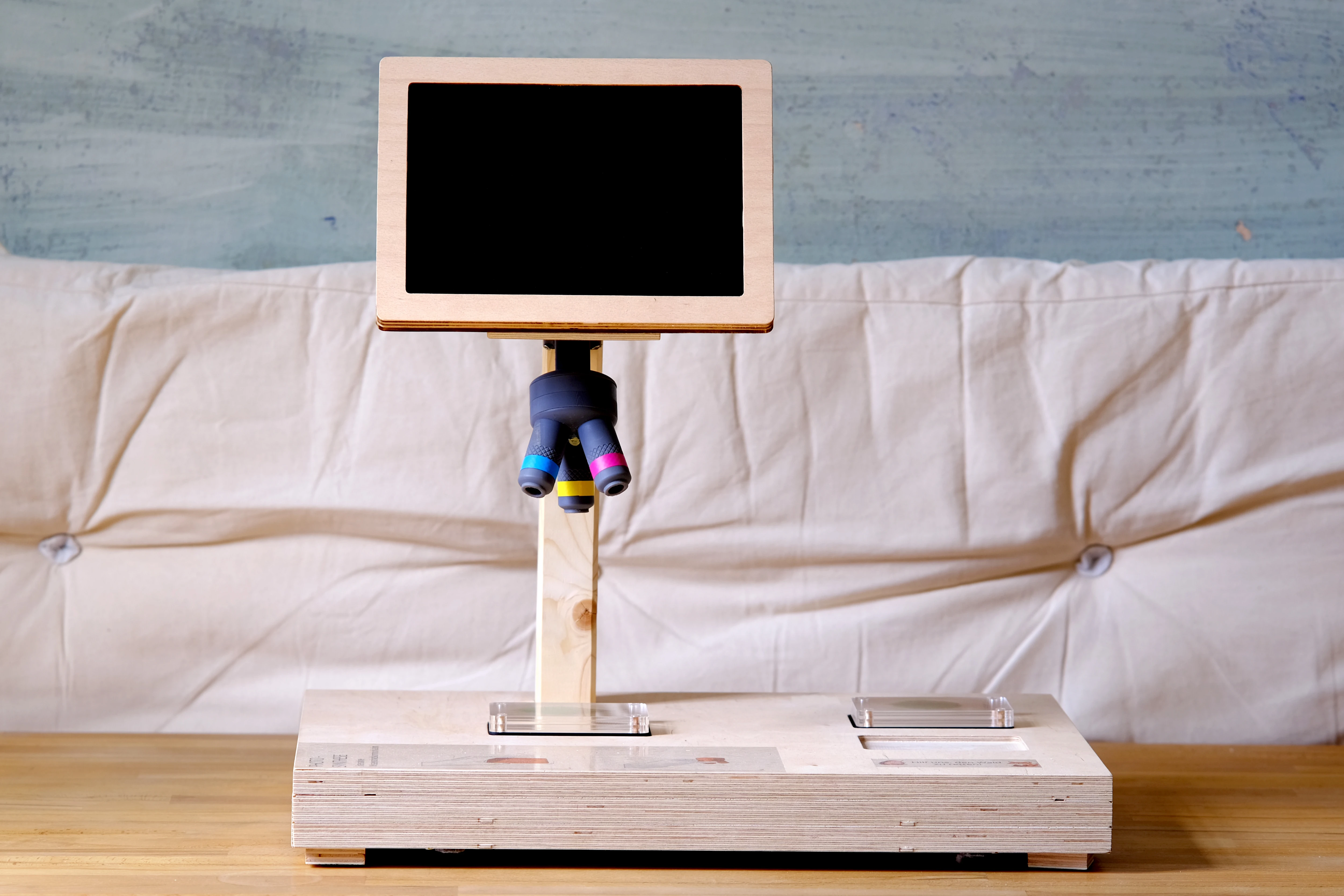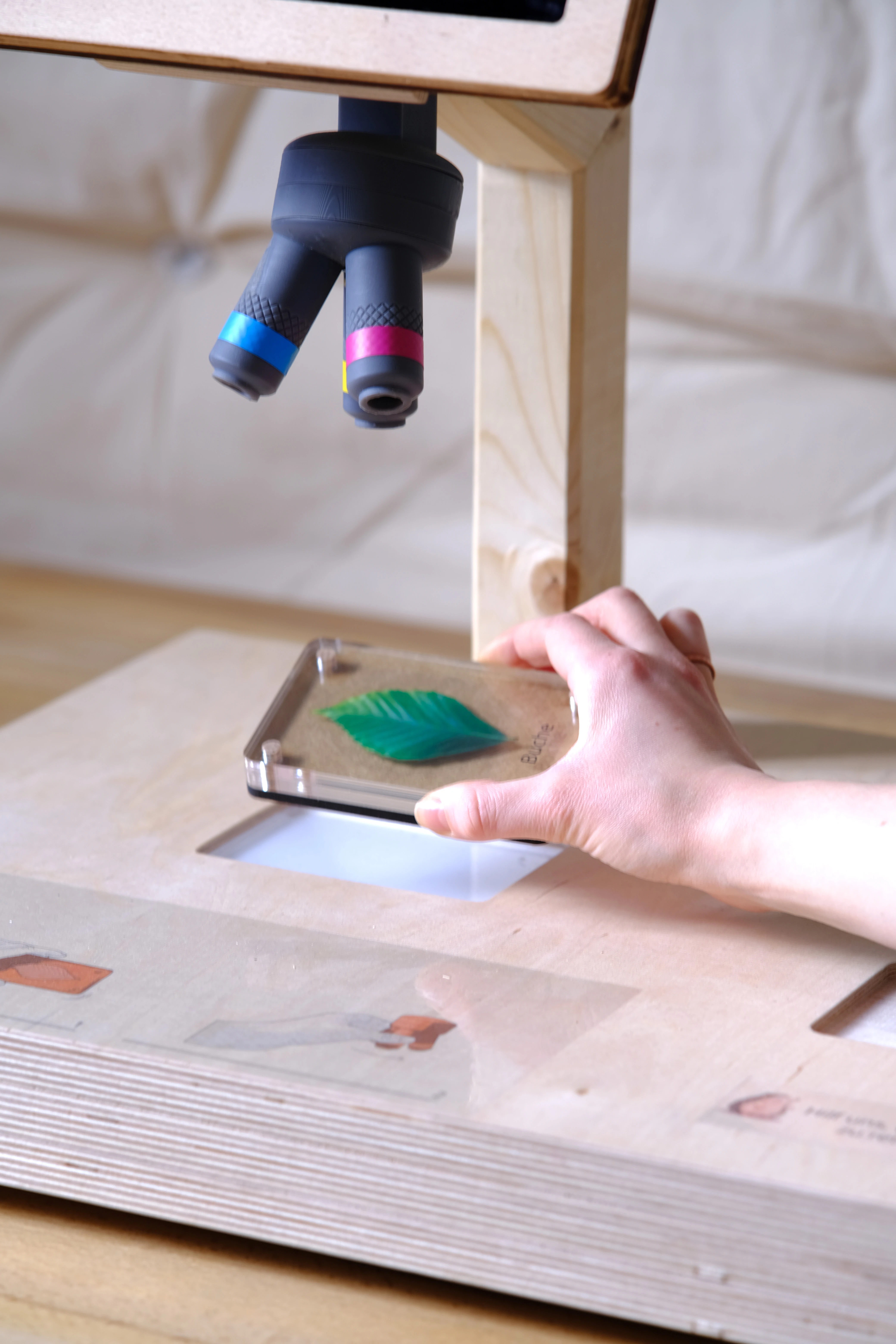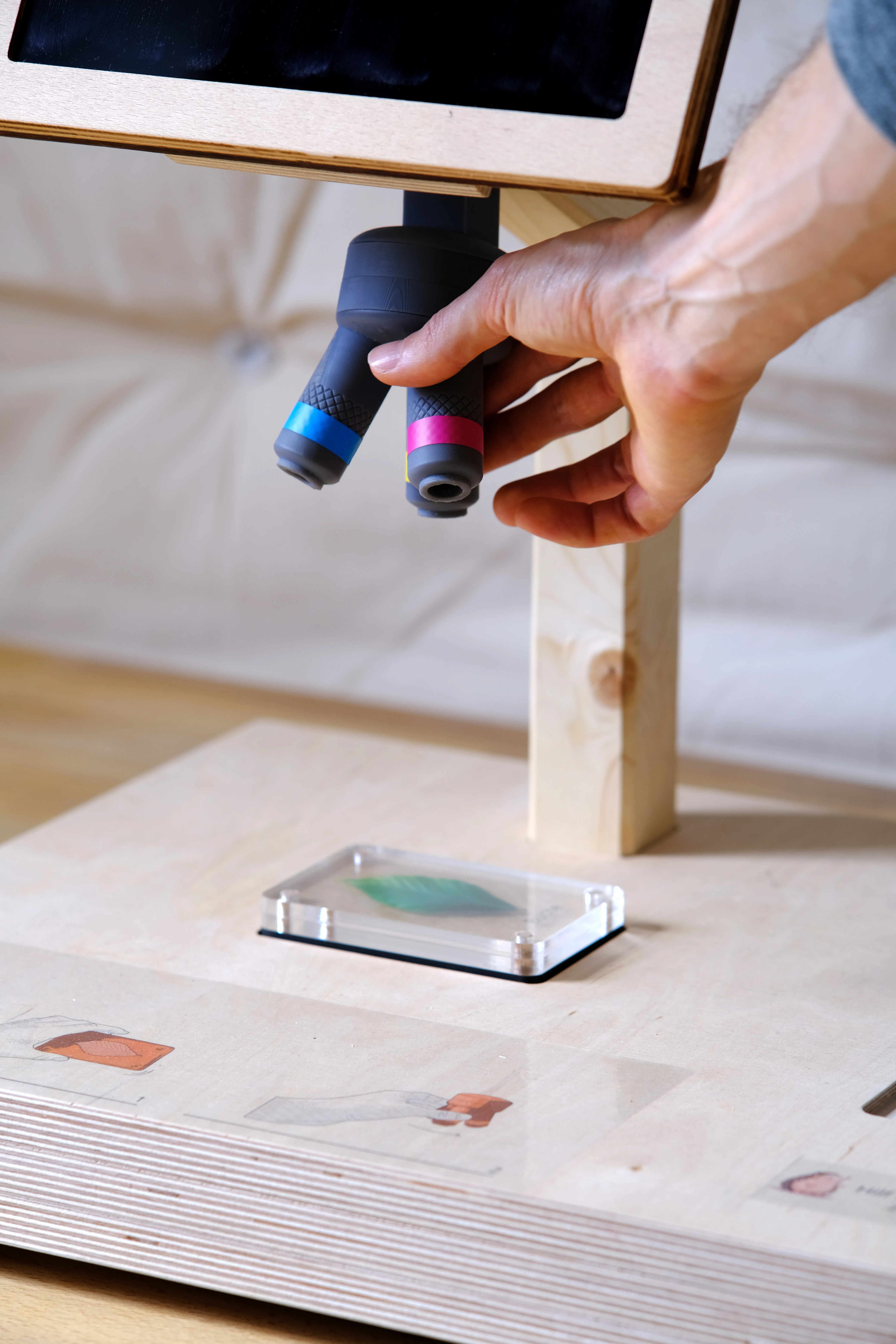Tangible Science Communication
Blurring the Line between Digital Media and Physical Space
Museums and science centers are increasingly becoming places to engage with current technical and social issues. The aim is to encourage visitors to form their own opinions on the topics discussed through hands-on experience and experimentation. Science communication is not to be understood as a one-sided transfer of information, but as a playful and interactive exchange between the visitors and the exhibition elements.
While innovative technologies open up new possibilities for immersive interactions, physical elements contribute to haptic experiences, yet these two media often remain spatially separated.
In the search for a seamless integration of digital and analogue media and their added value for knowledge transfer, the following question arises.

Type :
Master Thesis Tangible Media Museum
Tools :
Rhino 3D CNC Mil 3D Print Max MSP
Release Date :
2025
Is an installation in the form of a microscope suitable as a metaphor for science communication of photosynthesis?


To answer this question, the Tangible Science Framework is used as a design process to make complex scientific topics understandable and accessible.
Literature research on pedagogical concepts for interactive exhibition elements as well as expert interviews serve as a basis. A prototype is developed and tested in a museum. The focus is not on evaluating the prototype, but on investigating the interplay between digital and analogue media.